How To Hire a Server: Key Findings
- Full-service restaurants should staff 1 Server for every 4 to 5 tables during peak hours.
- Only 36% of applicants find job descriptions clear, despite most hiring managers believing otherwise.
- Nearly half of HR managers say bias affects their hiring decisions, emphasizing the need for structured screening.
- One in three Americans has a criminal record, making background checks a crucial part of the hiring process.
Servers bring unique value to restaurants by providing a personalized and memorable experience for customers. To help you find wait staff who can contribute to your restaurant’s success, here are some tips on how to hire a Server.
Note: Given the subtle differences between a Server and a Waiter/Waitress, we may use the terms interchangeably throughout this article, but they both refer to the same role. We’ll explain the differences near the end of this article.
Steps To Hire a Server or a Waiter
Hiring the right Server involves being clear about your requirements, using the right platform to reach your target audience and carefully evaluating applicants to reduce the risk of hiring mistakes.
We’ll go through each step below to make your process of hiring Servers efficient.
1. Assess Your Needs and Budget
Knowing how many Servers you need is key when learning how to hire a Server.
According to Hostme, full-service restaurants should staff 1 Server per 4 to 5 tables during peak hours.
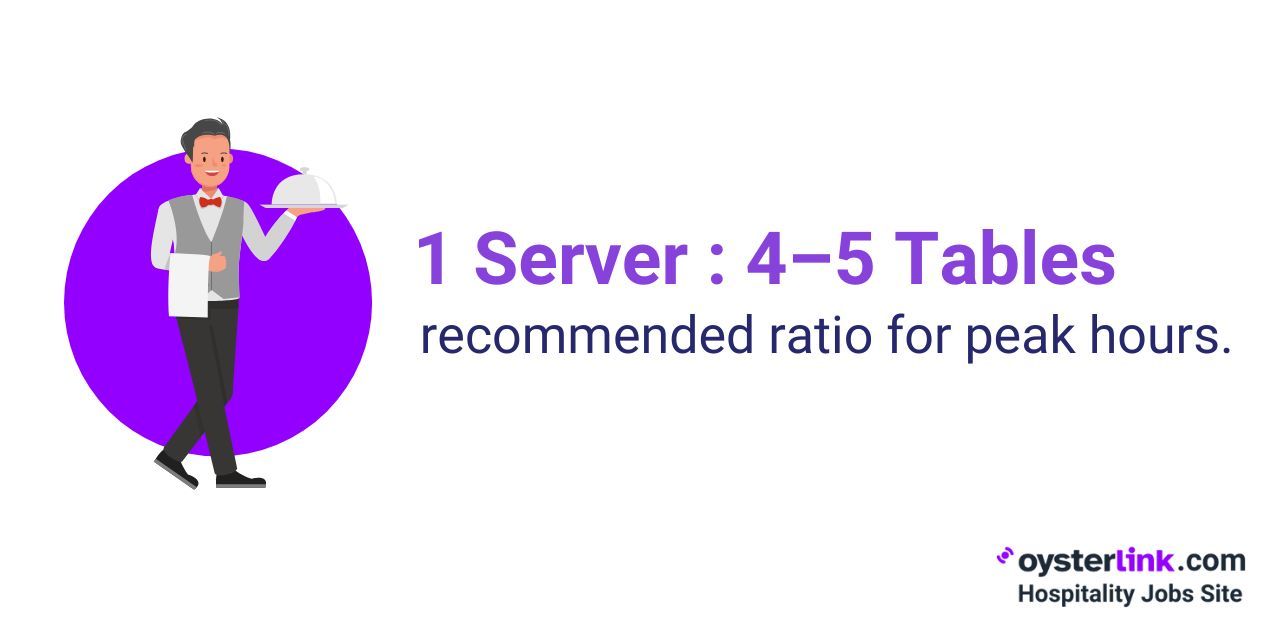
Upscale spots may need a lower ratio for personalized service, while casual restaurants can assign up to five tables per Server. Your restaurant type, service expectations and budget will guide your staffing decisions.
2. Create a Server Job Description
Now that you have clarity on your needs and budget, it’s time to translate that into a job description for hiring Servers.
According to HR Dive, a human resources news publication, 72% of Hiring Managers believe they provide concise job descriptions. However, only 36% of applicants agree.
These statistics compel hiring teams to revisit their job descriptions to ensure clear expectations between employers and candidates regarding the role and to make sure that all the essential sections of a job description are included.
Need a Server job description? Download it now for FREE.
3. Post Your Server Job Ad
With 81% of recruiters saying that hiring is more challenging now than it was last year, finding ways to reach the right candidates at a lower cost can help reduce the burden on hiring managers.
The first step is identifying places where you can share that your restaurant is hiring wait staff. Below, we’ve briefly highlighted three platforms where you can post your job ad.
OysterLink

OysterLink is a job search platform exclusively for the hospitality industry. It allows you to connect with more than 400,000 professionals in the events, food and beverage and hotel sectors.
The sections on interview questions, career advice and paycheck calculator are all additional standout features of this hospitality job board.
Indeed

Many employers in the restaurant sector use this platform for its wide reach. Indeed claims to have more than 350 million unique monthly website visitors.
The bad thing about Indeed is that competition is fierce and it’s difficult to make your job ad stand out without dedicating a budget and running a pay-per-click boost campaign.

LinkedIn is another leader in helping employers find talent. Aside from its wide talent pool, it has features that help streamline the recruitment process.
LinkedIn only allows one free job posting, and each additional job slot can set you back anywhere from $1,000 to $2,000, depending on location and type of establishment.
Choosing the Right Platform To Hire a Server
Out of the three listed above, OysterLink is the only job board specifically for the restaurant and hospitality industry, making it easier for you to reach your target audience, allowing you to advertise open positions quickly and efficiently.
When posting your job ad on OysterLink, we recommend using attention-grabbing headlines such as “Hiring Servers Urgently” or “We Are Hiring Servers”. Here's an example below:
4. Screen Applicants
When hiring Servers, it’s easy to start by eliminating applicants who don’t meet certain criteria. But since 48% of HR managers admit bias affects hiring decisions, it’s better to focus on finding qualified candidates.
For example, automatically rejecting someone without a diploma could mean overlooking years of experience.
Use your job description as a guide, schedule quick phone screens and ask consistent questions to compare candidates fairly.
5. Interview Server Candidates
The first step is to put together a set of questions aimed at assessing cultural fit, skills and behavioral traits.
When hiring Waiters, look for attributes such as strong interpersonal skills, professionalism and passion for the hospitality industry, as these directly impact a customer’s dining experience.
Also, pay attention to non-verbal cues such as good posture, the ability to maintain eye contact and common courtesy as applicants answer your questions.
6. Run a Background Check
Most restaurants hiring Servers run background checks to avoid hiring individuals with records of repeated misdemeanors or violent behavior.
The National Conference of State Legislatures, a bipartisan organization that serves the legislatures of the U.S. states and territories, reports that 1 in every 3 Americans has a criminal record.
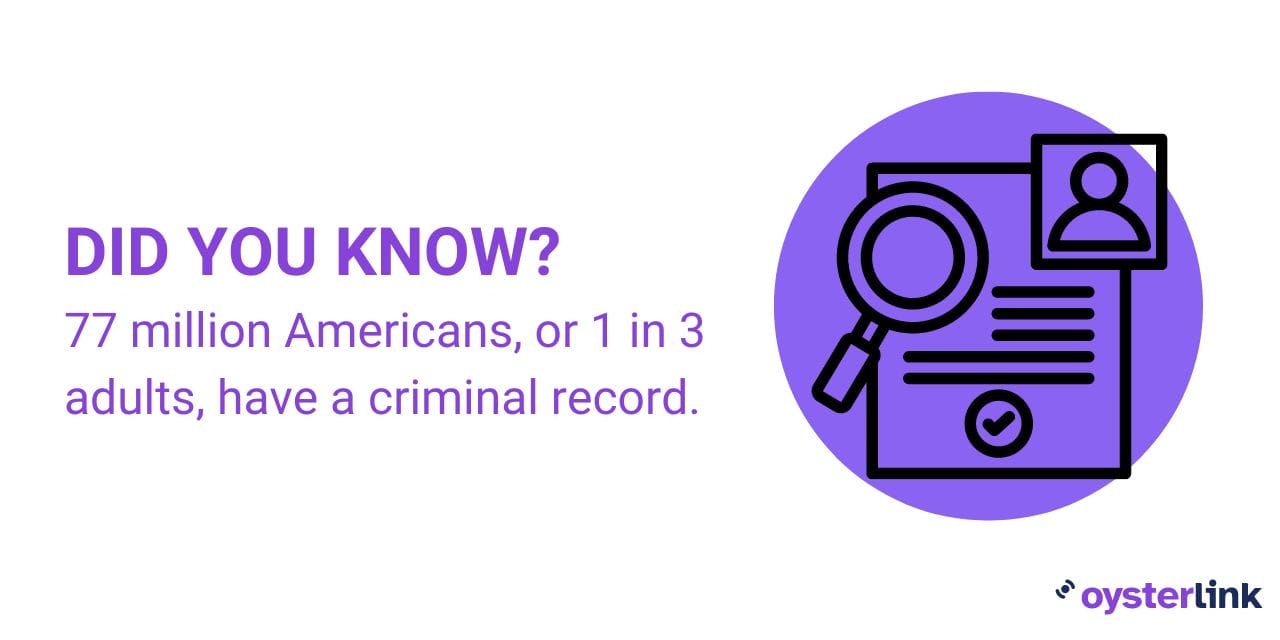
This makes it crucial to conduct a thorough background check to protect both the restaurant’s reputation and its customers.
In addition to a criminal record check, here are other types of background checks employers usually perform:
- Identity check: Verifies the candidate's identity to ensure they are who they claim to be, typically through social security
- Employment verification: Confirms the accuracy of a candidate's employment history
- Reference check: Involves contacting individuals listed by the candidate to gather insights about their skills, work ethic and overall suitability for the role
If you find any red flags during the background check, consider how these issues relate to the role.
Consult your company’s hiring policy to determine how to proceed instead of immediately dismissing the candidate.
7. Negotiate Salary and Make an Offer
Once you've found a qualified candidate, the next step is to offer a competitive salary and present your restaurant as a great place to work. Pay varies by location — for example, $30,484 in West Virginia vs. $44,915 in D.C.
Start with a phone call to explain the offer, answer questions, and build excitement. Then send a written offer letter with clear terms and an acceptance deadline.
This step matters: 26% of job seekers declined an offer in 2024 due to poor candidate experience, according to CareerPlug—down from 58% in 2021.
SAMPLE OFFER LETTER:
Dear [Candidate's Name],
We are pleased to offer you the position of [Job Title] at [Your Restaurant’s Name]. Your experience in providing outstanding customer service, strong interpersonal skills and knowledge of food and beverage match our expectations. We believe you’ll contribute significantly to our team.
Your starting salary will be [Amount] per [hour]. In addition to your salary, you will receive the following benefits:
- [Benefit 1]
- [Benefit 2]
- [Benefit 3]
- [Benefit 4]
- [Benefit 5]
Your anticipated start date is [Start Date], and your work schedule will be [Work Schedule].
Please confirm your acceptance by signing this letter and returning it by [Acceptance Deadline].
We look forward to welcoming you to our team!
Sincerely,
[Your Name]
[Your Title]
Types of Waiters You Can Hire
The type of Waiter you need to hire depends on your restaurant’s style, the kind of service required and your customers’ expectations. Below, we’ve listed the most common types.
- Waiter/Waitress: Focuses on taking orders, delivering food and providing basic table service in fast-paced restaurant settings.
- Server: Handles food orders, payments and guest interaction, often coordinating closely with kitchen staff.
- Fine Dining Server: Offers upscale service with expert knowledge of food, wine pairings and formal dining etiquette.
- Head Server: Oversees wait staff, ensures service quality and trains and supports team members in larger establishments.
Common Challenges in Hiring Servers and How To Overcome Them
Below, we’ve outlined some of the problems Hiring Managers face in hiring Servers and ideas on how to solve them.
High Turnover Rates
The Bureau of Labor Statistics reports that the leisure and hospitality industry has one of the highest separation rates at 4.5%.
The most common reasons why people leave their restaurant jobs include labor intensity, long hours and poor management.
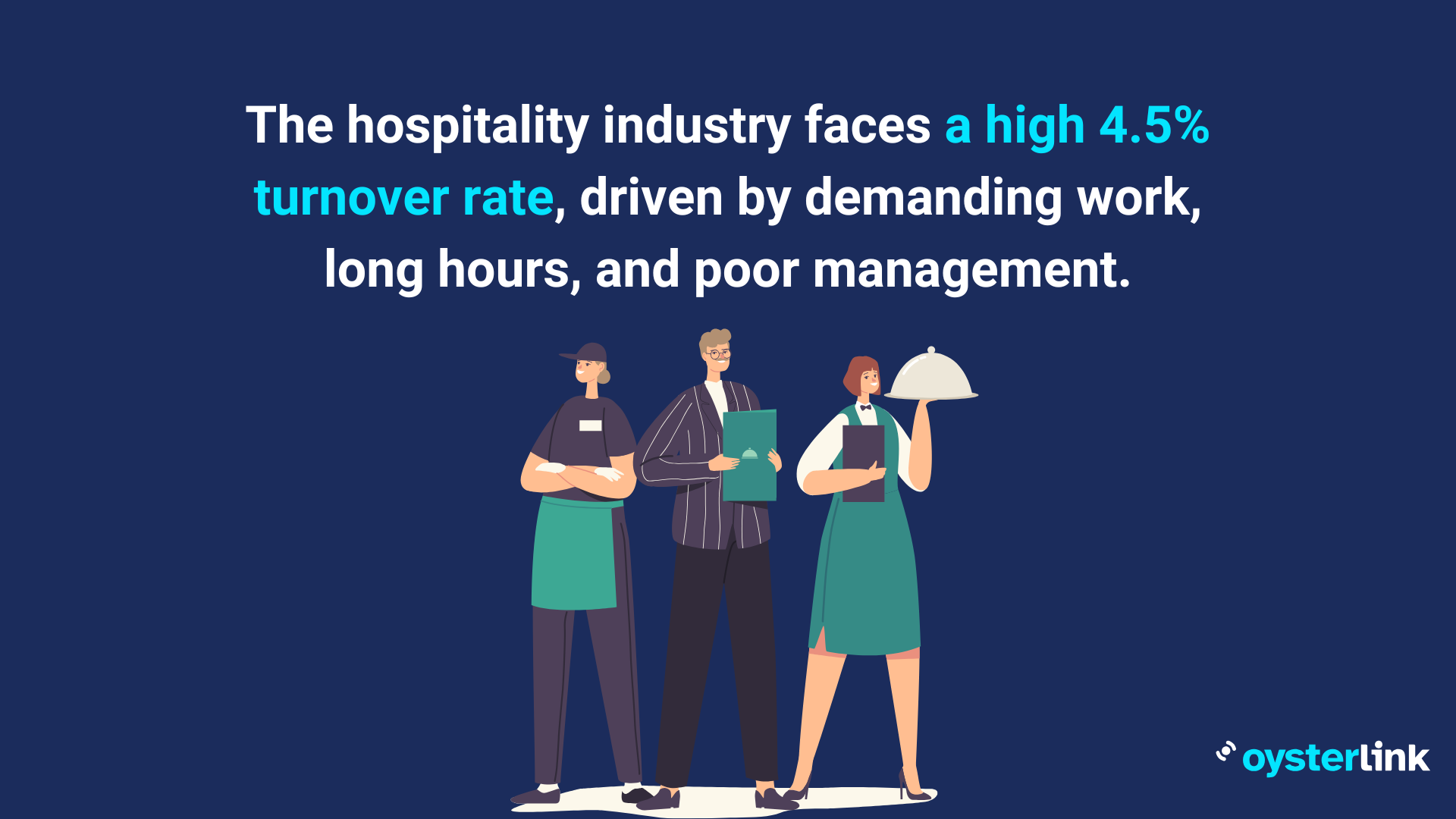
To address this, Hiring Managers may consider the following:
- Regularly assess leadership practices to ensure a positive work environment.
- Create a culture of recognition by rewarding employees for their achievements with incentives.
- Be clear about opportunities for advancement so that the team has something to look forward to.
Training Time and Costs
Onboarding new Servers can be time-consuming and costly. To address this, examine the following strategies.
- Create a structured onboarding process that efficiently integrates new hires and helps them acclimate quickly.
- Implement cross-training to equip Servers with skills in multiple roles, reducing the need for extensive training.
- Pair new Servers with experienced staff for hands-on training, ensuring they receive support.
Competition
In a saturated job market, hiring a skilled Server requires a strategic approach:
- Ensure your salary offer is within industry standards and aligned with location and job responsibilities.
- Counter the long hours that inevitably come with working in the hospitality industry by providing flexible schedules.
- Create an environment that values teamwork, promotes career growth and recognizes achievements.
How To Hire a Server: Final Thoughts
Hiring the right Server involves more than just posting a job ad. From choosing the right server-to-table ratio to writing clear job descriptions and screening fairly, each step affects your restaurant’s service quality and staff retention.
With rising turnover and competition in hospitality, investing in a structured hiring and onboarding process — and using industry-specific platforms — can help you build a more reliable and motivated front-of-house team.





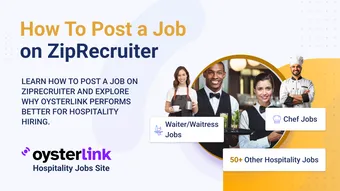

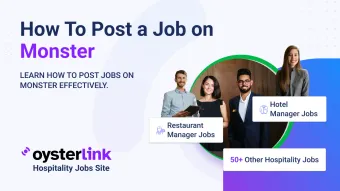
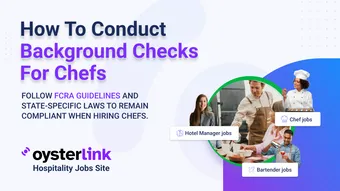


Loading comments...